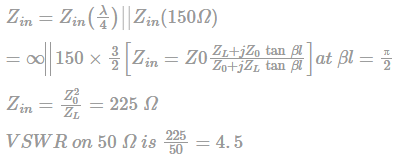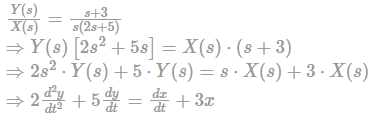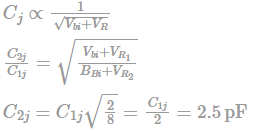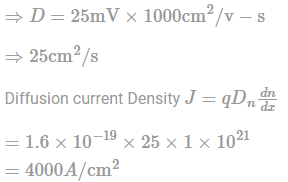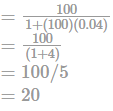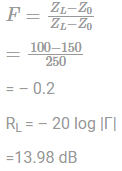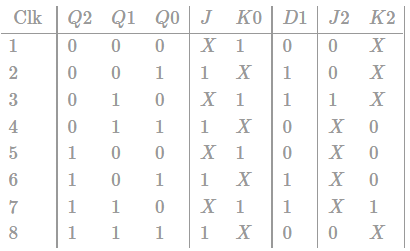Practice Test: Electronics Engineering (ECE)- 13 - Electronics and Communication Engineering (ECE) MCQ
30 Questions MCQ Test - Practice Test: Electronics Engineering (ECE)- 13
The average of 8 numbers is 27. If each of the numbers is multiplied by 8, find the average of new set of numbers.
The product of two numbers is 2028 and their H.C.F is 13. The numbers of such pair is:
Which pair of numbers will come in place of the missing numbers.
4,10,__,___, 244,730,2188
Refer the below data table and answer the following Question.
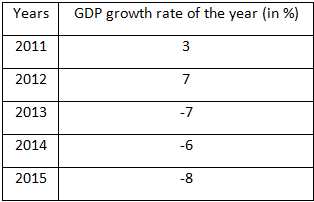
If the GDP of the country was $8 trillion at the end of 2011, what was it at the beginning of 2013?
Select the most appropriate synonym of the given word.
Solicit
In the following question, a sentence is given with a blank to be filled in with an appropriate word. Select the correct alternative out of the four and indicate it by selecting the appropriate option.
The little boy ran ____ fast that he was ____ for breath.
Select the most appropriate option to fill in the blank.
Although his brother is blind, he is very fast _________ calculations.
The monthly salaries of A. Band C are in the ratio 2 :3 :5. If C's monthly salary is Rs. 12,000 more than that of A, then B's annual salary is
Mathew told his friend Sham, pointing to a photograph, “Her father is the only son of my mother.” The photograph is of whom?
Round-trip tickets to a tourist destination are eligible for a discount of 10% on the total fare. In addition, groups of 4 or more get a discount of 5% on the total fare. If the one-way ticket fare of the trip for single person is Rs 100, a group of 5 tourists purchasing round-trip tickets will be charged Rs____.
In the following figure, the J and K inputs of all the four Flip-Flops are made high. The frequency of the signal at output Y is

Determine Vo (in Volts) in the given network.
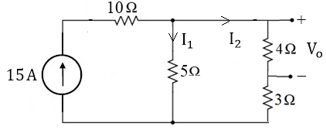
Consider the lossless transmission line circuit shown in the figure, The voltage standing wave ratio on 50 Ω line is given by
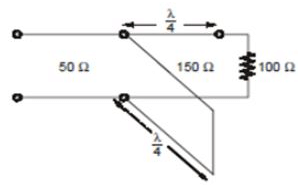
The output of a continuous-time, linear time-invariant system is represented by T{x(t)} where x(t) is the input signal. A signal z(t) is called eigen-signal of the system T, when T{z(t)} = Y z(t) , where Y is a complex number, in general, and is called an eigen-value of T. Assume the impulse response of the system T is real and even. Then which of the following statements is TRUE?
Given x(t) = e−tu(t). Find the inverse laplace transform of e−3sX(2s).
For the given signal, x(t) = 3 cos 80πt, determine the sampling frequency(in Hz) at which aliasing will take place.
Find the differential equation of the system described by the transfer function given as:
![]()
Let the state transition matrix of a system be given as
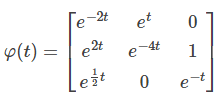
Then which of the following is equal to φ-1(t)
The built-in potential of an abrupt p-n junction is 0.75 V. If its junction capacitance (Q) at a reverse bias (VR) of 1.25 V is 5 pF, the value of CJ (in pF) when VR = 7.25 V is________.
A Si Solar cell has short-circuited current of 100 mA and open-circuit voltage of 0.7 V under full illumination. If the fill factor is 0.71 then the Maximum power delivered (in mW) to load by this cell is
Assume electronic charge q = 1.6×10−19C, kT/q = 25mV and electron mobility μn = 1000cm2/V−s. If the concentration gradient of electrons injected into a P-type silicon sample is 1×1021 cm4, the magnitude of electron diffusion current density (in A/cm2) is _________.
In an abrupt p-n junction, the doping concentrations on the p-side and n-side are NA = 9 X 1016 /cm3 and ND = 1 X 1016 /cm3 respectively. The p-n junction is reverse biased and the n-side depletion width is 3μm. The depletion width on the p-side is
The voltage gain of an amplifier is 100. A negative feedback is applied with β = 0.04. The overall gain of the amplifier is:
For common emitter input characteristics VCE is 6V and VBE is changed from 0.32 to 0.8V also base current changes from 40μA to 60μA, then by using the given data calculate the input impedance (in KΩ) kept VCE constant.
Consider two resistors of 50 kΩ and 100 kΩ at room temperature of 27ºC. These resistors are passing a signal of bandwidth 50 kHz. Let N1 and N2 be the noise voltage generated while operating in series and parallel configuration, respectively. Determine N1 and N2.
A receiver has been operating at 290 K and receiving a signal of bandwidth 400 kHz. The amplifier used in the receiver has an average output resistance of 1.5 kΩ. This will lead to Johnson noise voltage of ________ μV.
An amplifier operating over the frequency range of 18 to 20 MHz has a 10kΩ input resistance. The RMS noise voltage at the input to the amplifier at ambient temperature is (assume Boltzman’s constant ![]()
The return loss due to a 150W cable terminated by a 100W load is _______________ (in dB)
What is the maximum torque (in Nm) on a square loop of 200 turns in a field of uniform flux density of 1 Wb/m2. The loop has 15cm side and carries a current of 5A.
Consider the following sequential circuit consisting of 2 J-K flip flops and D flip flop :
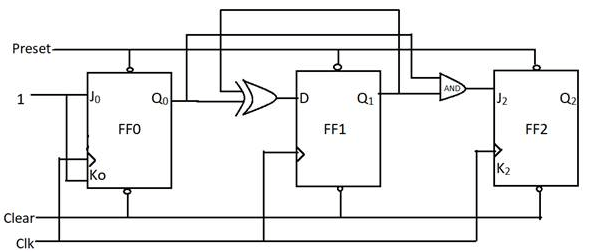
The Mod value for this counter is_____________.





